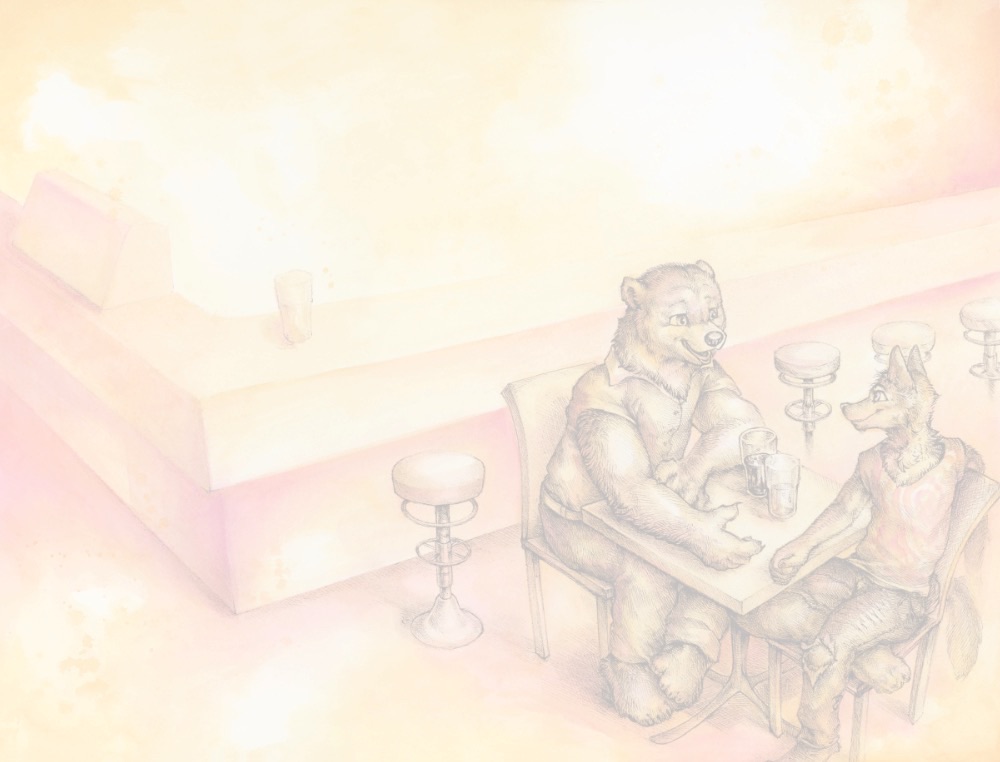The chapter that follows is an excerpt from The Worlds of Long Division. This short essay (one of many) helps explain the theory behind the rise of the intelligent species in this anthropomorphic world.
On the Origins of (Anthro) Species
In the world of Long Division, the rise of intelligence occurred more recently than it has in our human world. Scientists estimate that the Split between the feral and sapient lines occurred somewhere between 200,000 and 300,000 years in the past. There is no consensus in the scientific community as to what triggered this Split.
Whatever the cause, what is known for certain is that a high percentage of mammals started down an evolutionary path leading to increased mental capacity plus physical changes which permitted them to stand erect and use tools. For unknown reasons, the mechanism behind this change did not affect the primates nor the marine mammals.
The Split was marked by a rapid change to the forepaws of the affected species. The descendants of predatory and prey species alike developed long fingers with opposable thumbs. This evolutionary change was observed even in hoofed species, although evidence of their ancestry is still seen in their “hind” feet, which remain virtually unchanged.
The development of grasping hands was only one of several significant changes that took place in the evolving intelligent lines. Almost as rapidly as the development of thumbs, and again for reasons unknown, the adult sizes of all species began to converge. While a lot of variation remains, there is strong evidence that larger species such as elephants, and moose continue to shrink in size while the average height for rodents continues to increase. Some scientists believe that within the next five thousand years, the average height for all of the world’s intelligent species will stabilize at approximately five feet, eleven inches.
It is believed that the overall decrease in litter sizes and lengthening of gestational periods is directly linked with the evolutionary changes in physical size. Chances of survival are tremendously lower for a female carrying six cubs compared to a mother carrying a single cub.
Mental capacity increased concurrently with the physical changes noted above. The development of language served both predator and prey species. Both “sides” if you will, developed weapons and tactics to help ensure their survival. This was a violent era in history and tribal wars decimated entire populations. Some species would never recover and have gone extinct. Those species which descended from prey animals found their populations greatly reduced to about the same levels as predatory tribes.
Over time, what began as uneasy truces between species-based tribes settled into true cooperative alliances between neighboring populations. This is not to say that conflicts and wars have been eliminated in modern times. Mistrust and outright prejudice still exist in the world of Long Division, although such conditions continue to improve.
